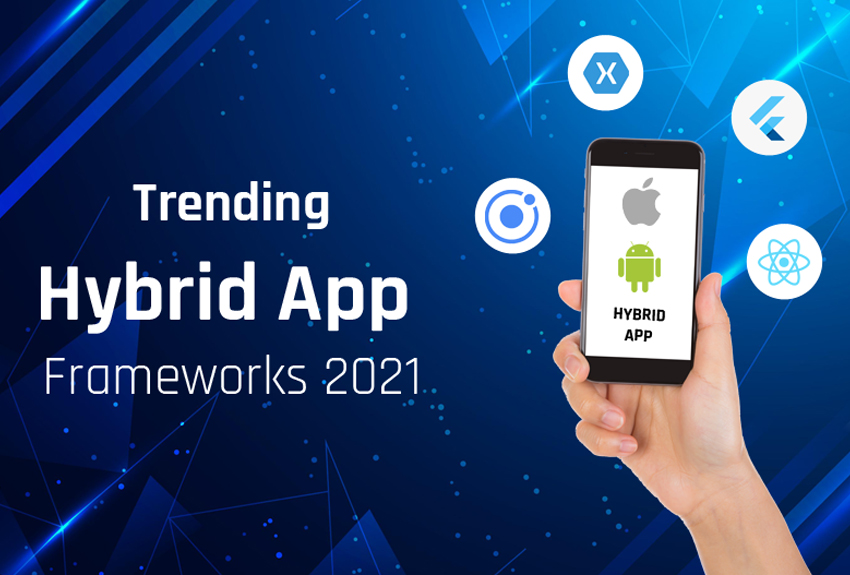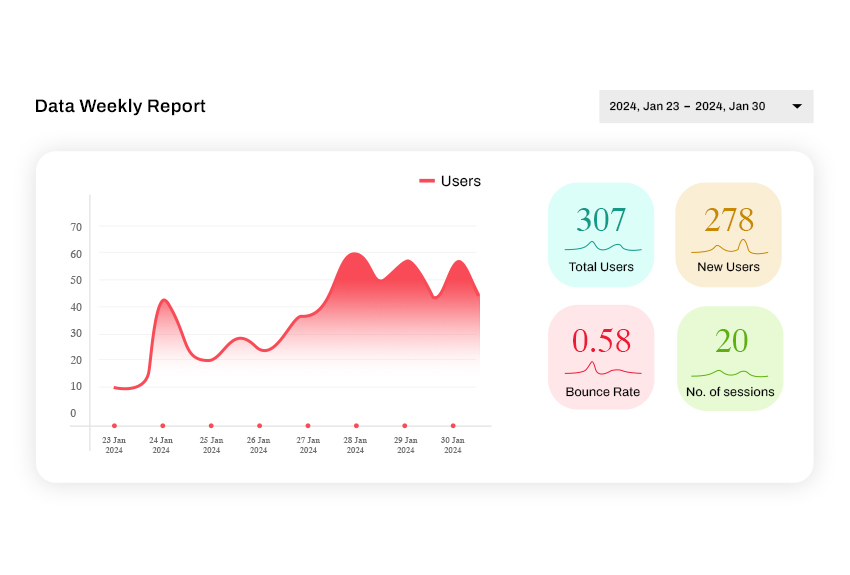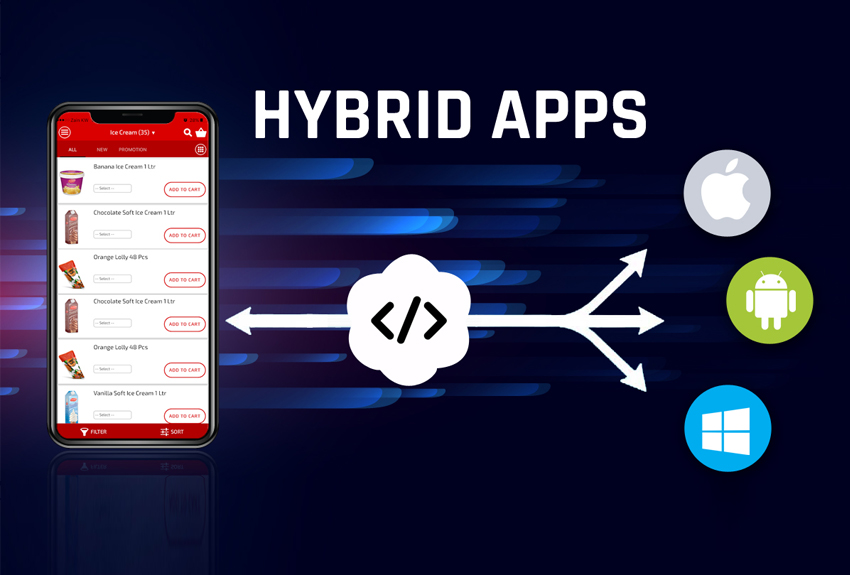When starting a software project, development teams and clients have to decide the best software methodology to use. To ensure the final product is high-quality and meets the client’s expectations, the software development life cycle (SDLC) must follow a clearly defined methodology.
The two most common software development methodologies are Waterfall and Agile. Both approaches have their strengths & weaknesses and are suitable for different types of projects. Even though Waterfall is an old, traditional methodology while Agile is a modern approach, both are still widely used today.
Let’s explore both approaches to help you choose the right one for your project.
What is Waterfall Methodology?
The waterfall methodology is a traditional model that involves a phase by phase (sequential) approach with specified development tasks to be accomplished in every step. Typically, developers begin with documentation and putting together the things the project requires (like planning, budgeting, scheduling); the development processes are divided into phases like design, development, testing, deployment, and product delivery.
After completing a phase, deliverables must be reviewed and verified before proceeding to the next one. Waterfall methodology is rigid and doesn’t give space for changes once the development processes have started.
What is Agile Methodology?
As opposed to the rigid approach, Agile involves a flexible, collaborative process that focuses on customer satisfaction. Here, development requirements and outcomes evolve via iterations. The Agile approach breaks down software development lifecycle into time-bound periods called “sprints.” A sprint is typically 2 weeks.
At the beginning of a sprint, developers determine the deliverables based on customer input. At the end of the sprint, the customer reviews the results and provides recommendation s for future sprints. The “build & review” cycle will continue until the final product is ready.
What Are the Benefits of Waterfall?
The merits of implementing Waterfall include:
- It is Straightforward
This approach is simple and straightforward. Project requirements are defined from the onset. Having everything planned out from the start of the project helps developers to stay organized, set start-and-finish dates, milestones, and deliverables. - Easier Costing
Costing is very easy and predictable. This is the best approach for a client with a tight budget. The probability of overshooting the initial budget is lower when compared to Agile. - Defined Team Roles
Developers have their roles spelled out from the beginning. As a result, developers can concentrate on their work. - Less Time Spent on Meetings
There is no need for frequent stakeholders’ meetings because requirements are documented and approved at the beginning.
The Downsides
The Waterfall approach is straightforward and well-organized. However, it has some disadvantages. Documenting and planning requirements from the start doesn’t give space for creativity. Developers are not able to make creative changes once the project is in progress.
It doesn’t involve extensive customer or end-user feedback. Consequently, this methodology isn’t ideal for projects that require customer engagement. The rigid approach makes cost adjustment difficult. In addition, reworking finished products to accommodate changes costs time and money.
What Are the Benefits of Agile?
The advantages of implementing the Agile approach include:
-
- Flexibility
The Agile approach encourages flexibility. Developers can adjust goals and requirements to suit emerging demands, which encourages creativity and gives space for implementing new ideas on the go. - Collaboration
Agile enhances collaboration among stakeholders. Unlike the Waterfall approach, stakeholders are allowed to submit feedback and contribute new ideas while the development is in progress. - Faster Development Life Cycle and Increased Customer Satisfaction
The flexible approach makes the development process faster because developers don’t spend much time doing initial detailed structuring and documentation – as seen in Waterfall. Also, extensive customer involvement and efficient communication lead to products that satisfy client requirements.
- Flexibility
The Downsides
With the Agile Approach, it’s difficult to predict outcomes. Timelines, milestones, deliverables, and the final product are more unpredictable – due to flexibility. Costing is difficult since reworks are unavoidable. This leads to delays and unexpected costs.
It’s not the best methodology for a project with a tight budget and deadline. Agile requires extensive customer involvement. But not all customers are comfortable with getting deeply involved.
Waterfall vs. Agile Software Development: Which is Right for You?
Both methodologies are good and effective. The approach to choose will depend on the type of product you want to build. If you want collaboration, your budget is flexible, you don’t have a strict deadline, and you want new ideas, Agile is the ideal approach.
On the flip side, if your deadline is short with a tight budget and regulatory expectations, the rigid Waterfall methodology will be most suitable. It enables you to create a definite development structure to get the product ready predictably.
Conclusion
If you’re not sure about the development approach that’s suitable for your project, we can help you make the right decision. We’re OpenSource Technologies, a web & mobile development company that specializes in custom development and cross-platform integration. We can help you create AI technology solutions for your business. Contact us today!





